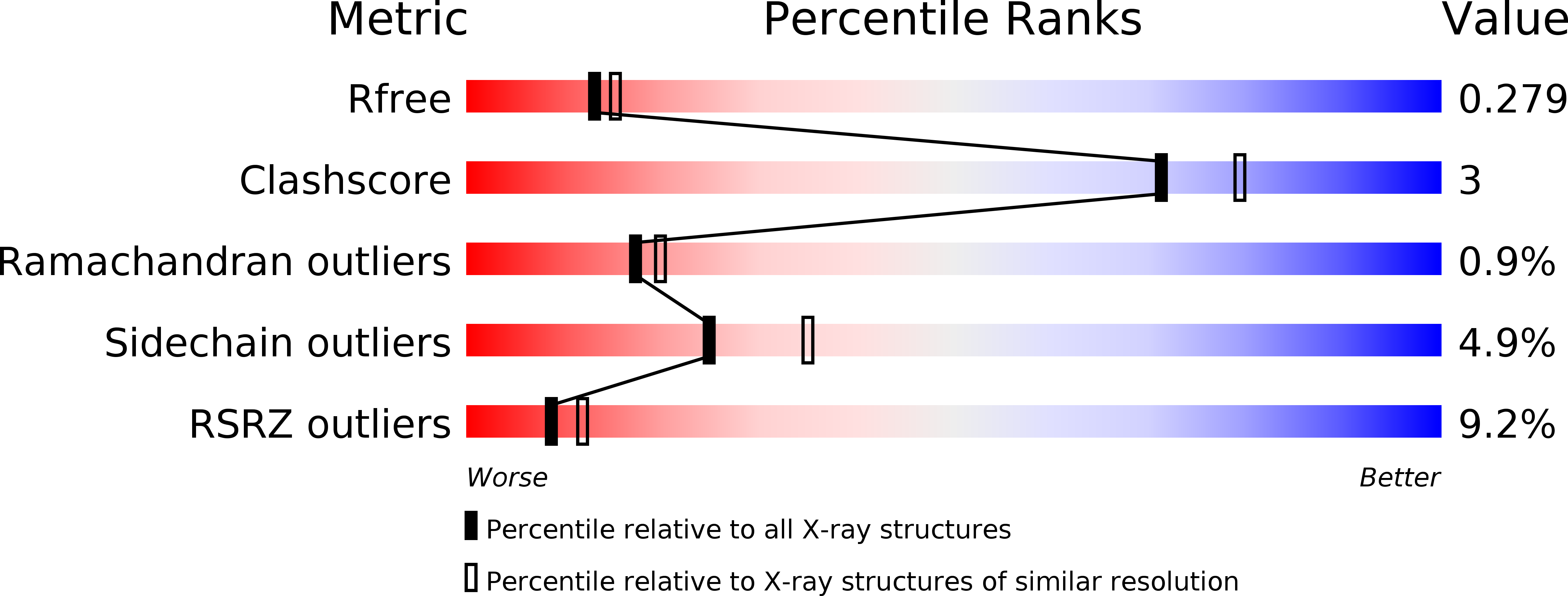
Deposition Date
2014-02-27
Release Date
2015-04-08
Last Version Date
2024-04-03
Entry Detail
PDB ID:
4PPJ
Keywords:
Title:
Crystal structure of Phanta, a weakly fluorescent photochromic GFP-like protein. ON state
Biological Source:
Source Organism:
SYNTHETIC CONSTRUCT (Taxon ID: 32630)
Host Organism:
Method Details:
Experimental Method:
Resolution:
2.30 Å
R-Value Free:
0.26
R-Value Work:
0.19
R-Value Observed:
0.20
Space Group:
P 1 21 1


